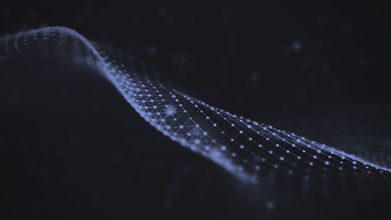
The method of cascades
White Paper: Roman, G. D. (2022). The Method of Cascades. https://psyarxiv.com/y3unh

Core principles
&
Definitions
Core Principles
1. Human experience is embedded in an experiential process and is framed by the outcomes of an integrative process.
2. The experiential process is based on cascades representing mutually-influencing sequences of cognitions, physiological arousal, brain patterns and physical movements.
3. Momentary causality and gestalt causality are different and equally important.
Definitions
The experiential process
= the moment-to-moment pattern of cognitions, emotions, physiological states and physical gestures that together generate the experience of ‘being alive’. Thus, the experiential process can be said to comprise myriad mutually-influencing streams of functioning (e.g. cognition, arousal, biological processes, action), intermingled to create continuous multidimensional cascades.
Stream
= a collection of events of the same type.
There are four main types of streams: (1) actions (i.e. physical movements, behaviours, gestures); (2) cognitions (e.g. thoughts, attention, perception, appraisals, subjective emotional experiences); (3) physiological arousal (e.g. skin conductance, heart rate, pulse acceleration); (4) brain patterns (e.g. as captured by fMRI instruments). In practice, each stream is defined as a collection of codes that sit within a coding scheme of mutually exclusive and exhaustive codes.
Cascade
= a sequence of events across multiple streams of event typologies and the causally-related transitions between them. Crucially, a cascade is composed of individual streams, but represents more than a collection of streams. A collection of streams becomes a cascade when the events within those streams are mutually-influencing and act within the timeline of the experiential process.
The core methodology involves observing entire cascades while taking separate recordings for each stream. Reliance on novel technologies is key, with the main proposed data collection instruments being:
-
virtual reality (or real life video-footage) for action streams
-
semi-structured interviews (or narration) for cognition streams
-
medical bracelets for capturing physiological arousal
-
fNIRS helmets for capturing brain patterns
The method of cascades integrates several data analysis frameworks:
-
Time-window lag sequential analysis and log-linear models are used to examine the elements and the ordering of those elements within streams and cascades.
-
Rough paths and signatures, a novel mathematical method, is used to analyse entire cascades, their features and possible typologies.
-
Structural equation modelling, applied to dynamic variables extracted via the first two analytic methods, are employed to examine processes related to the evolution of cascades over time and the over-arching effects generated by the integrative process.
In sum, the method of cascades carries the promise to offer novel insights into causal processes and produce research that acknowledges that all bio-psycho-social acts occur within the flow of experience.
